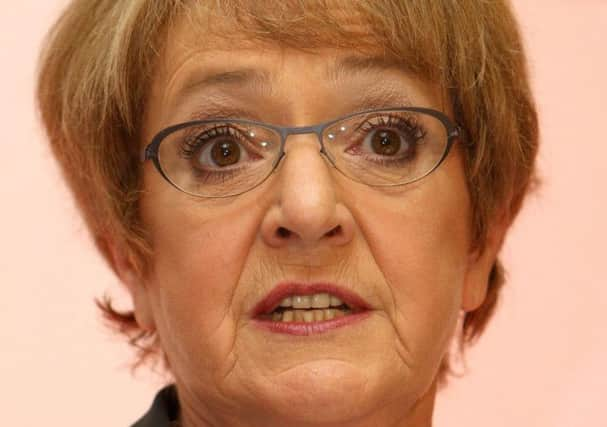Billions in tax relief abuse ‘not spotted by taxman’


The National Audit Office (NAO) found HM Revenue & Customs (HMRC) had done little to investigate why Entrepreneurs’ Relief introduced in 2008 was costing the public purse £2 billion a year more than expected.
Claims for share loss relief soared by more than 300 per cent to £1.2 billion in 2006/07 after a number of aggressive avoidance schemes appeared - but the taxman did not identify the scale of the increase until 2013.
Advertisement
Hide AdAdvertisement
Hide AdThe watchdog examined 10 tax breaks in detail to see whether the government was monitoring them properly.
It found data was not always held on the cost of reliefs to the public purse, even when it was thought to be in the order of hundreds of millions of pounds.
HMRC rarely assessed if tax breaks were having the desired effects on behaviour, or whether they were being widely abused.
Of 46 high-value reliefs with economic or social objectives, 11 had increased by at least a quarter in real terms since 2007.
Advertisement
Hide AdAdvertisement
Hide AdAlthough the department had theories as to why the costs may have shifted, “it tended to seek the most obvious explanation and did not try to definitively rule out abuse”, the report said.
In the case of Entrepreneurs’ Relief, which cuts the tax bill on the sale of small businesses, the NAO found it had a price tag of £2.9 billion last year rather than the £900 million that was expected. “Rising asset values may have contributed to increased levels of both capital gains receipts and the value of Entrepreneurs’ relief,” the report said.
“HM Treasury told us that with so many policy changes in a relatively short amount of time, it has been difficult to fully investigate whether the cost increase might be influenced by misuse of the relief but HMRC has carried out checks of individual claims it considers to be high risk.”
The report said individuals’ claims for relief on losses from investments in shares rose in real terms from £385 million to £1,206 million in 2006/07, but HMRC only identified the scale of this increase in 2013.
Advertisement
Hide AdAdvertisement
Hide Ad“Avoidance schemes detected by HMRC accounted for almost all the increase, but HMRC did not check the total amount of claims in 2006/07 or subsequent years to check whether there were other unexplained surges,” the NAO added.
The taxman told the watchdog that its compliance regime focused on the circumstances of the individual or business, and their behaviour, rather than the use of particular reliefs.
An HMRC spokesman said: “It is nonsense to suggest that our administration of tax reliefs loses money. We protect the Exchequer, while making sure that reliefs work as Parliament intended. We robustly monitor the implementation of reliefs, and identify and tackle abuse as a routine part of our compliance work, as we demonstrated in detecting and tackling abuse of share loss relief.”
Margaret Hodge, chair of the Public Accounts Committee, said it was “beyond belief” that HMRC was not monitoring reliefs more closely.
Advertisement
Hide AdAdvertisement
Hide Ad“Tax reliefs designed to encourage a change in behaviour, such as promoting jobs and growth or investment in the arts, also create opportunities for exploitation,” she said in response to the NAO’s report. ”With this in mind, it is beyond belief that HMRC has not put in place a framework or principles to guide how it manages and administers tax reliefs.”
She said the cross-party committee was “deeply concerned” that abuse or fraud was going undetected.